Located in western Uganda is Queen Elizabeth National Park, shared by the districts of Kasese, Kamwenge, Rubirizi, Bundibugyo, Rukungiri and Bushenyi. It includes the Maramagambo forest and borders the Kigezi game reserve, Kyambura game reserve and Kibale national park. It harbors over 93 mammal species, over 600 bird species. Some of the wildlife found in this park include the tree-climbing lions found around Inshasha in Rukungiri, elephants, leopard s, chimpanzees and cape buffaloes. It is also famous for various volcanic features like volcanic cones, deep craters and many crater lakes for example lake Katwe where salt is extracted from. The park has accommodation facilities that cater even for the low budget travelers for example Mweya safari lodge, Jacana lodge, Ishasha bandas, Ishasha wilderness camp and many others.
Activities In Queen Elizabeth National Park
Bird watching.
Queen Elizabeth is the classified as an Important Birding Area by Birding International with the greatest bird diversity among all the East African National Parks within the small area that is to say over 600 bird species. Some of the bird watching spots include the Kazinga channel, Kasenyi area, Mweya peninsula, Maramagambo forest, Katunguru bridge, Ishasha, lake Kikorongo and the Katwe area. Some of the birds found in this park include the Martial eagle, African skimmer, pink-backed pelican, African broadbill, Black-rumped Buttonquail, Chapin’s flycatchers, less and greater flamingo, shoebill and many others.
Balloon safaris.
The exciting adventure commences early in the morning at 5:30a.m where the tourists leave the camp for the meeting point at the Kasenyi gate of the park. From there, they head to the site selected for the lift off following the ground crew. The lift off location changes daily depending on the current wind and weather conditions. This balloon carries 16 passengers and for approximately an hour, they float over the savannah taking advantage of the wind currents at various attitudes.
The passengers also have great and beautiful aerial photo opportunities and can watch the beautiful sun rise too. After landing, the passengers celebrate the flight with a wine toast and a delectable bush breakfast prepared by Mweya safari lodge making it a memorable adventure.
Game drives.
Here, tourists drive through the park viewing the different types of wildlife and the best time for this exercise is in the morning because there are high chances of seeing elephants, buffaloes, lions, antelopes, and many others. There is also a two hours’ boat cruise along the Kazinga channel, where the tourists can see a variety of water birds, buffaloes, elephants, mongoose, hippos in water, swamp antelopes and many others.
Hiking/nature walks.
This is one of the best ways of exploring the landscapes and wildlife in Queen Elizabeth National Park. While at the southern part of the park, strolls along the Ishasha river are very enjoyable plus the beautiful views of the savannah grasslands and woodlands in the Mweya peninsula and the warthogs. The tourists can also view many bird and animal species for example by safely getting very close to hippos while on the raised bank above the river and can also observe the resident bats and pythons in a viewing room of the “Bat cave” in the shady canopy of the Maramagambo forest.
Cultural encounters.
Here, tourists can visit the huts of Banyabindi, Bakonzo and Basongora ethnic groups, watch traditional songs and dances performed for example the energetic dances of the Kikorongo Equator Cultural Performers and also purchase handcrafts made within the local communities. Conversations with the people in the local communities about the way they live their lives can also be done and the tourists can also witness the harvesting of salt on katwe Salt Lake.
Wildlife research tours.
This is a rewarding adventure for researchers as they get close to the wild African fauna and can actively participate in monitoring of some exotic birds and mammals within the park with the help of locater devices, monitoring weather surroundings and behavior and also learning about habituation. This contributes to the valuable understanding of wildlife ecology and encourages ecosystem conservation.
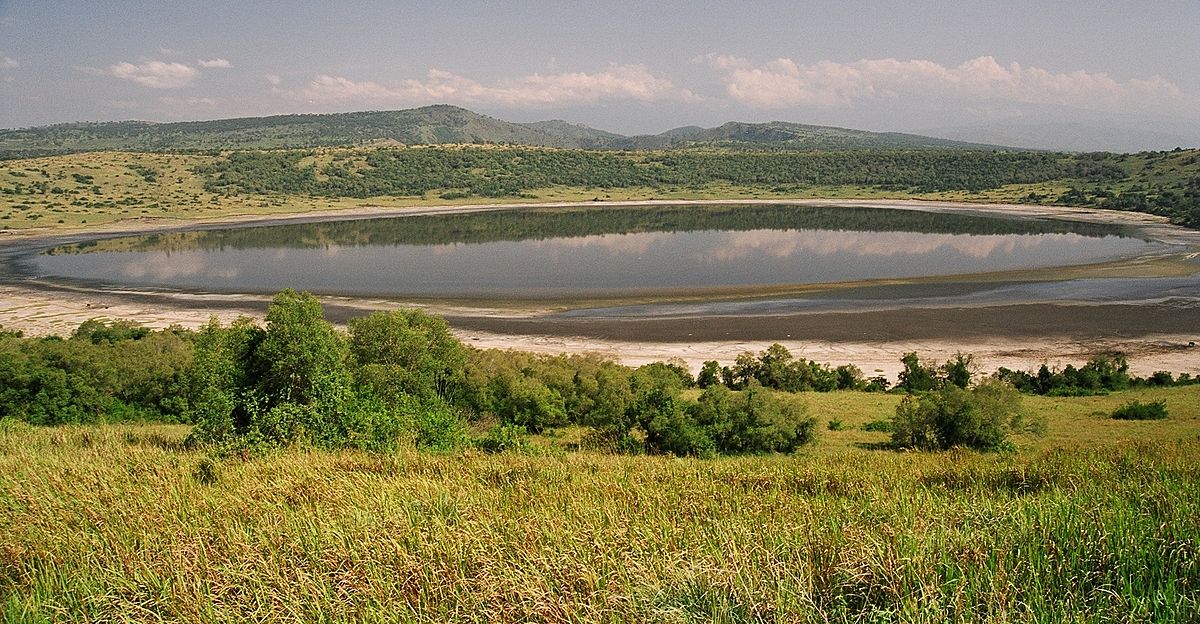
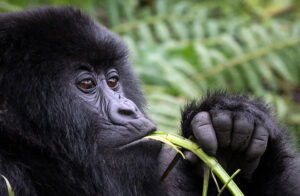
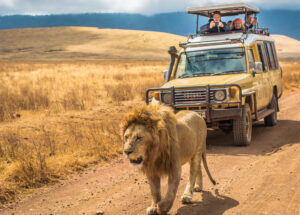
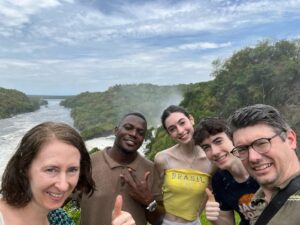
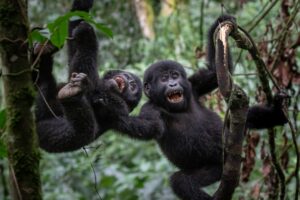
More Articles
Lake Bunyonyi
Semuliki Valley National Park
Mount Elgon National Park